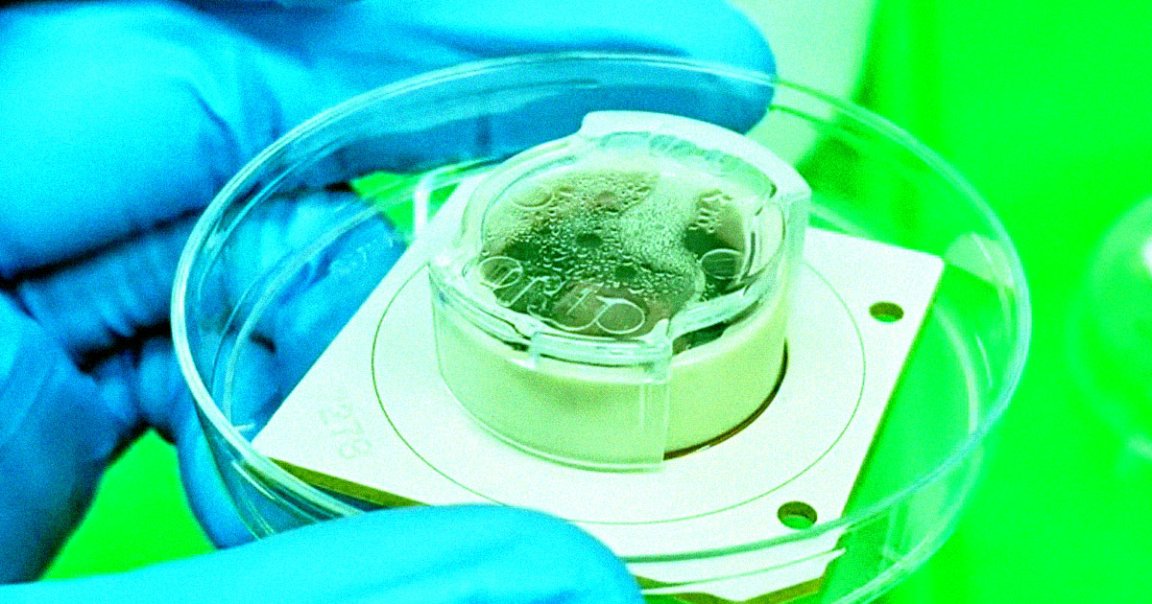
Assuming Control
A team of researchers just got a $600,000 grant from Australia’s Office of National Intelligence to study ways of merging human brain cells with artificial intelligence.
In collaboration with Melbourne-based startup Cortical Labs, the team has already successfully demonstrated how a cluster of roughly 800,000 brain cells in a Petri dish is capable of playing a game of “Pong.”
The basic idea is to merge biology with AI, something that could forge new frontiers for machine learning tech for self-driving cars, autonomous drones, or delivery robots — or at least that’s what the government is hoping to accomplish with its investment.
In Silico
And the researchers aren’t shying away from making some bold claims about their work.
“This new technology capability in the future may eventually surpass the performance of existing, purely silicon-based hardware,” said Adeel Razi, team lead and associate profess at Monarch University, in a statement.
“The outcomes of such research would have significant implications across multiple fields such as, but not limited to, planning, robotics, advanced automation, brain-machine interfaces, and drug discovery, giving Australia a significant strategic advantage,” he added.
According to Razi, the tech could allow a machine intelligence to “learn throughout its lifetime” like human brain cells, allowing it to learn new skills without losing old ones, as well as applying existing knowledge to new tasks.
Razi and his colleagues are aiming to grow brain cells in a lab dish called the DishBrain system to investigate this process of “continual lifelong learning.”
It’s a highly ambitious project that will likely take quite some time to complete.
“We will be using this grant to develop better AI machines that replicate the learning capacity of these biological neural networks,” Razi said. “This will help us scale up the hardware and methods capacity to the point where they become a viable replacement for in silico computing.”
More on the research: Researchers Teach Human Brain Cells in a Dish to Play “Pong”